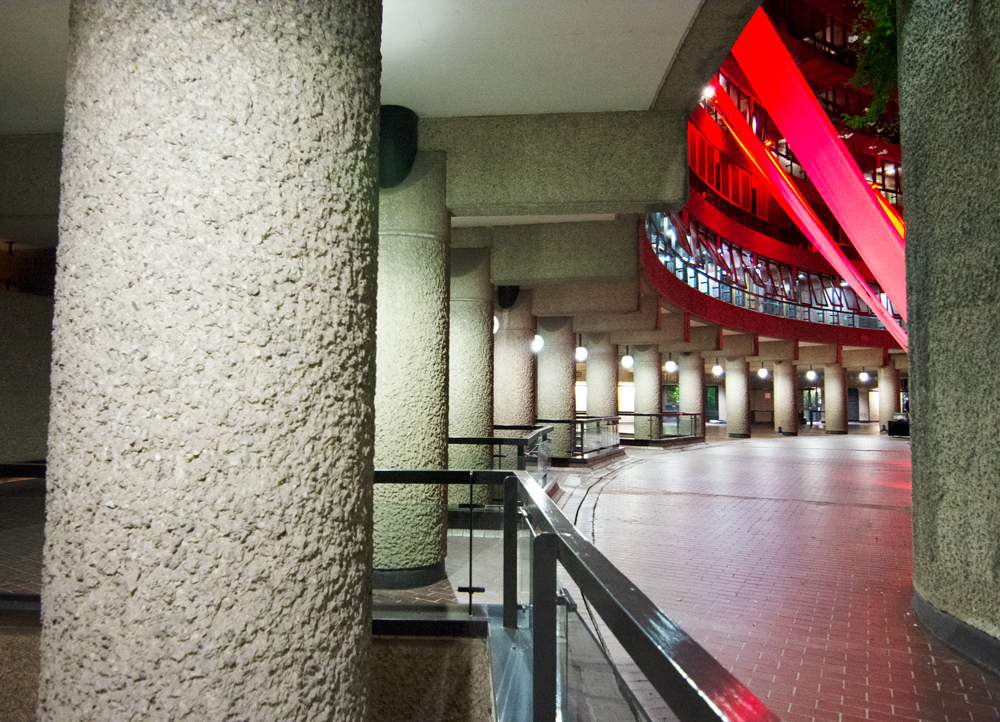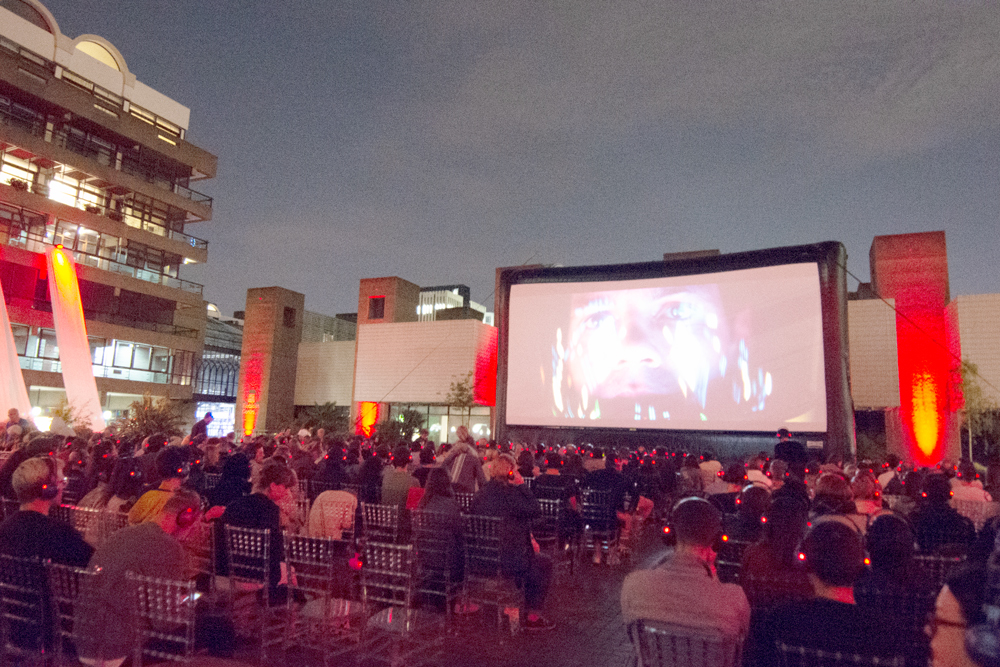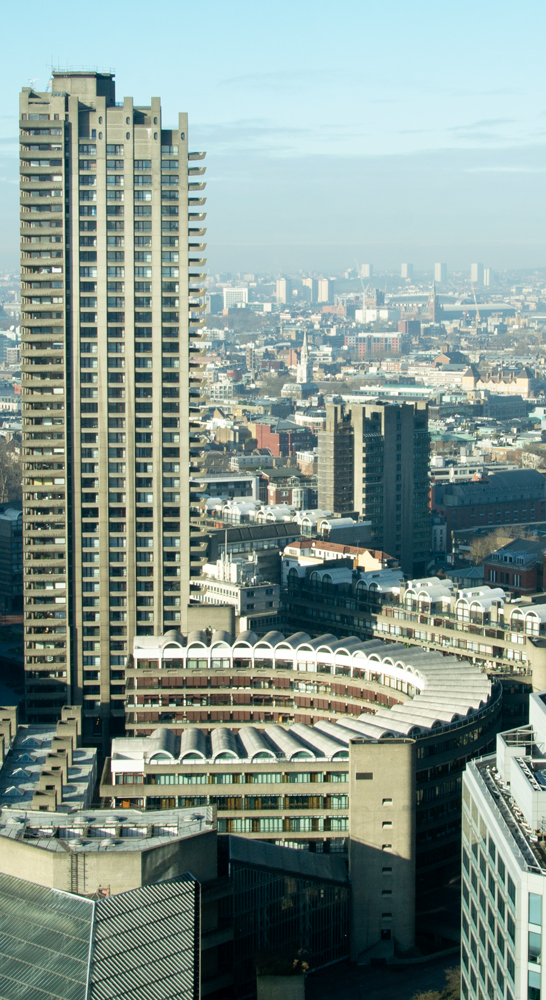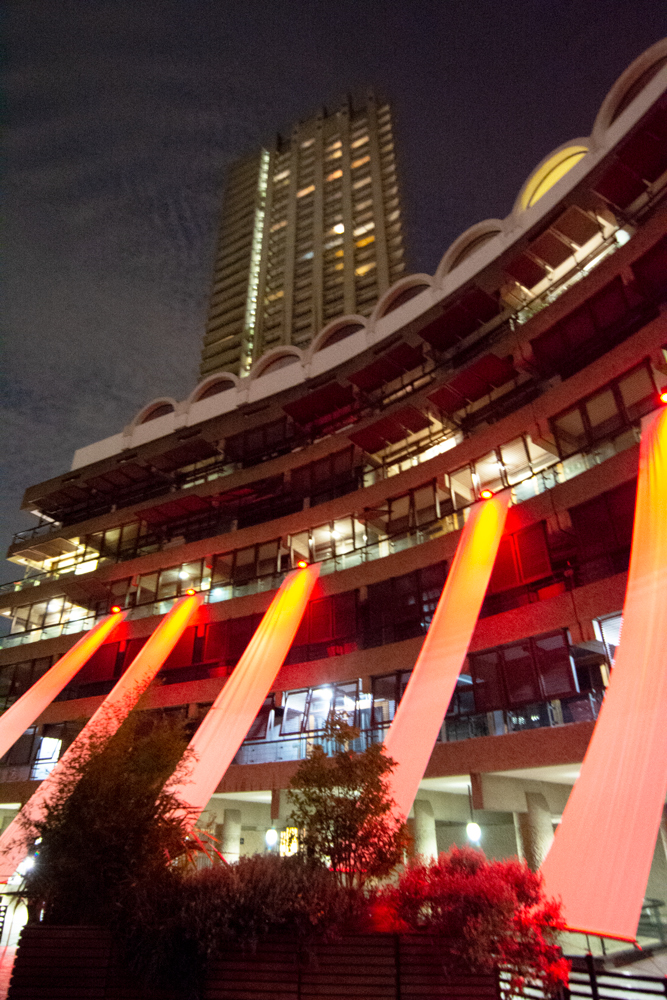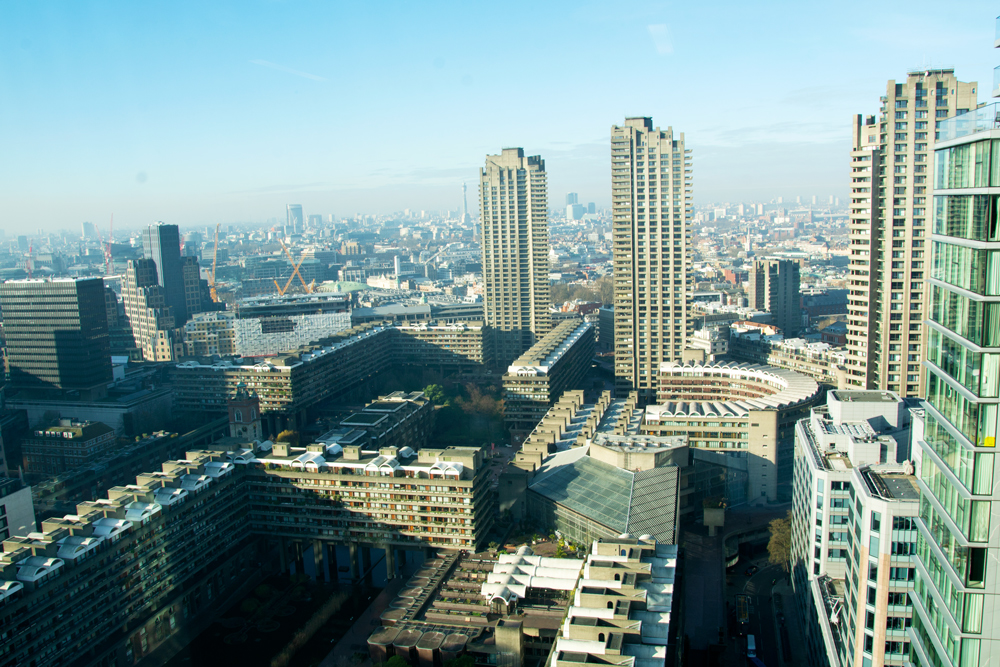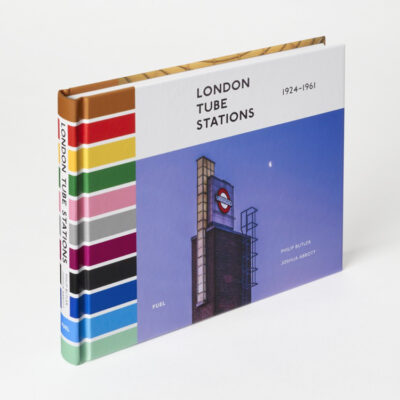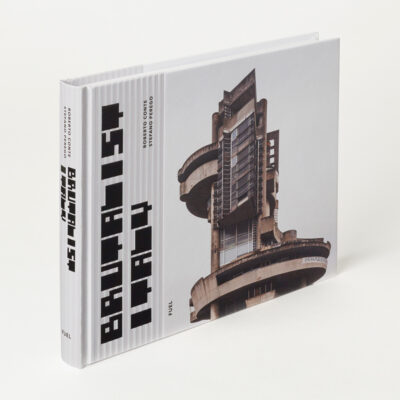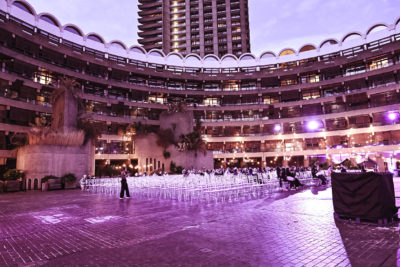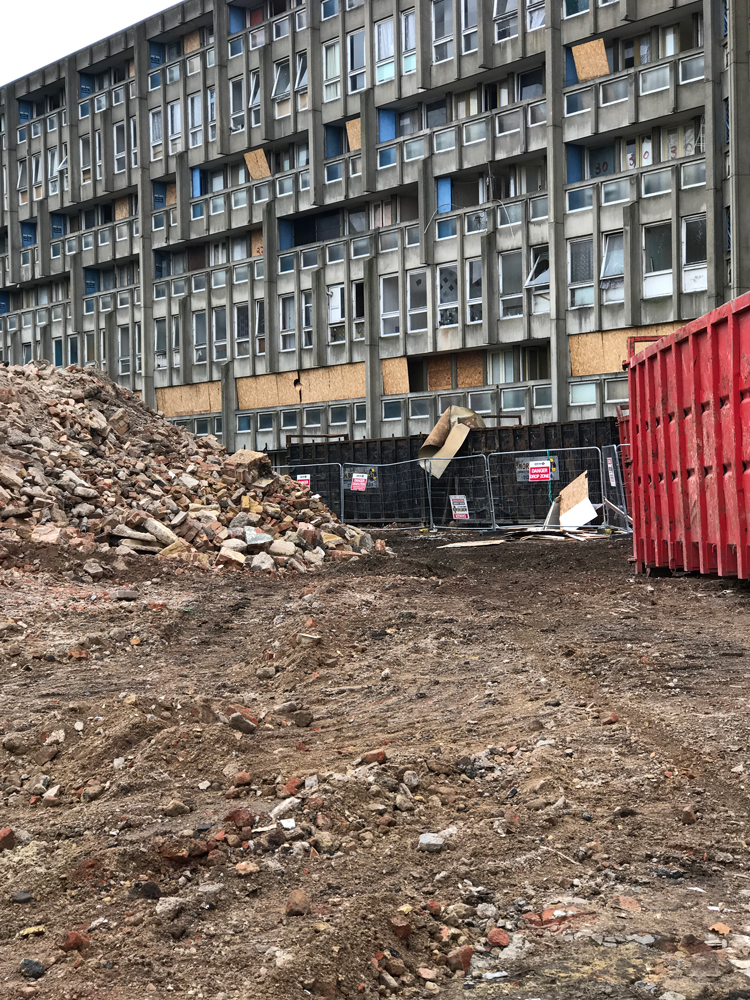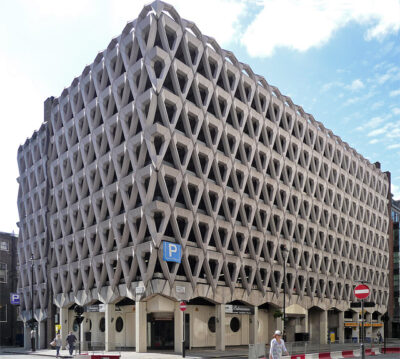Frobisher Crescent, Barbican
By Greyscape
10th August 2018
Frobisher Crescent is perhaps the most curious part of the Barbican. Its design, harking back to Regency and not so much Le Corbusier is elegant and a contrast to the rectilinear and high rises of most of the Barbican. It also demonstrates how the bold vision of Chamberlin, Powell & Bonn may have been too much on this occasion for the Corporation of London, the owners – until recent years at least.
Frobisher sits to the north of the arts centre, its ground floor on the same level as the arts centre’s top floor and adjacent to the entrance to the equally enigmatic Conservatory, that vast glass ark of luxurious plant life.
The plan was that the lower levels of the building would be commercial, shops with residential units above. The court in front of the crescent would be a sculpture garden. But none of this happened and the whole building was given over to offices, for the arts centre, the Guildhall School of Music & Drama that occupies the building east of the arts centre and the City of London Girls School whose building faces the arts centre across the central lake. The arts centre made use of some space for offices (which it still does) and space for hire. Some were just empty. While not neglected in terms of maintenance, Frobisher Crescent, tricky as it is to find, was not part of the village feel of the Barbican and seldom visited.
It is a mystery why the original plan for Frobisher Crescent wasn’t fulfilled. The story goes that all the fixture and fittings for the apartments were made but never installed, including baths curved to fit with the gently curving walls of the crescent, and stored somewhere in the Barbican – perhaps they are there even now?
Frobisher Crescent is named, like all the Barbican blocks, after a historical figure with some connection to the site. Sir Martin Frobisher was one of the Tudor Queen Elizabeth’s privateers. He was knighted for helping fight off the Spanish Armada and his bones were reburied in St Giles Cripplegate, the church that faces the Barbican arts centre slightly to the south-east.
In 2008 69 residential units were created. And that has marked a revival not just because this beautiful building is now inhabited but also because the Corporation and the arts centre clearly now appreciate its elegance and charm.
A shopping arcade is no longer expected but the building has come alive and hopefully, more apartments will be created.
Referencing the galleons of Frobisher’s time, the louvred screens that shading the interiors are lifted when the sun moves across the crescent.
As part of the Barbican’s “Into the Future” exhibition and celebration of science fiction, the Frobisher Crescent court has been used for outdoor cinema.
Stanley Kubrick’s masterpiece “2001 a Space Odyssey” opened the season. The movie is an optimistic perspective on the survival and flourishing of humankind from near extinction 4 million years ago until our next great leap in evolution, both because of the intervention of a benign alien race. The Crescent ‘s bush-hammered concrete was dressed in greater swathes of white fabric illuminated with the dramatic red so ubiquitous in Kubrick’s movie. Like 2001 the Barbican represents profoundly optimistic view, that, human ingenuity, technology and design can create a positive environment for an urban population.
Photo Credits: Howard Morris




